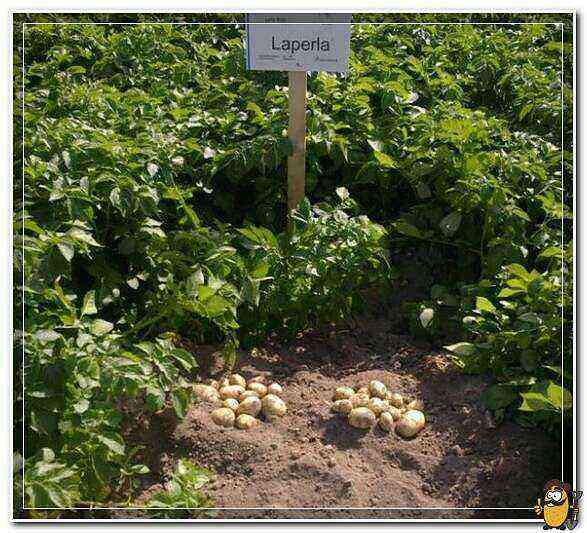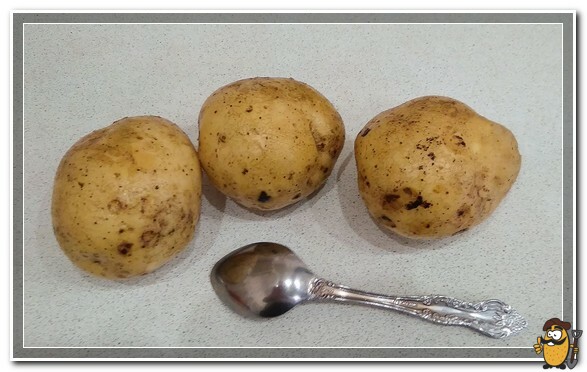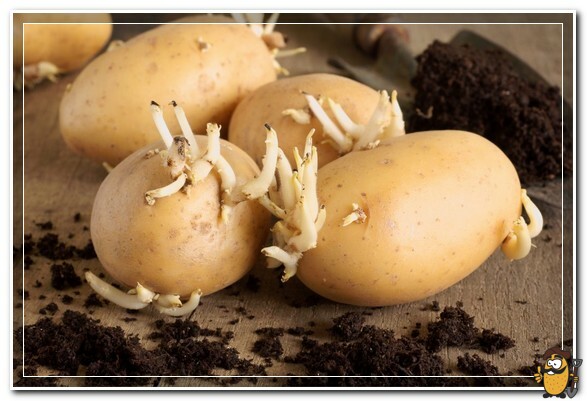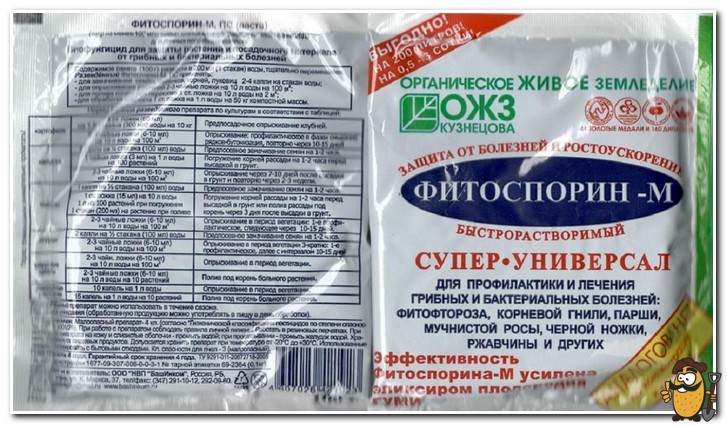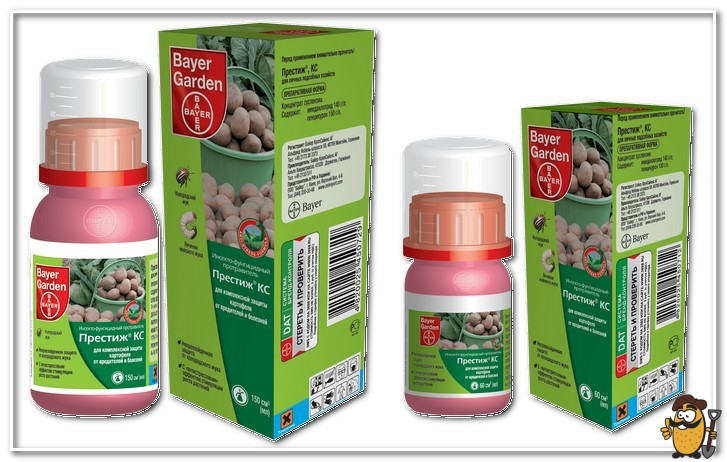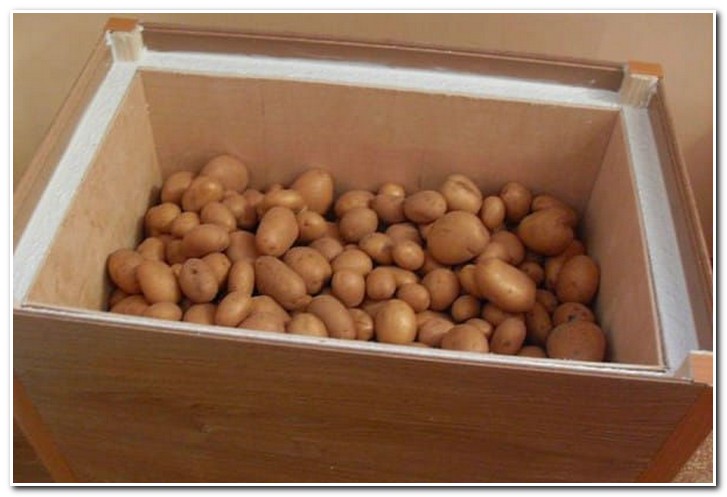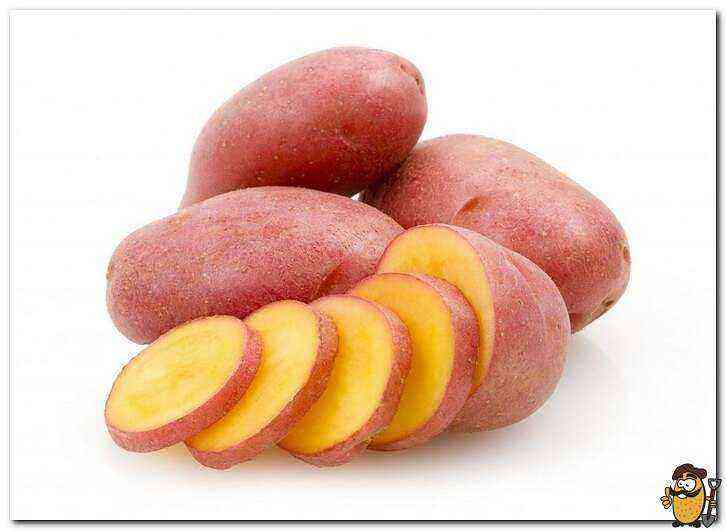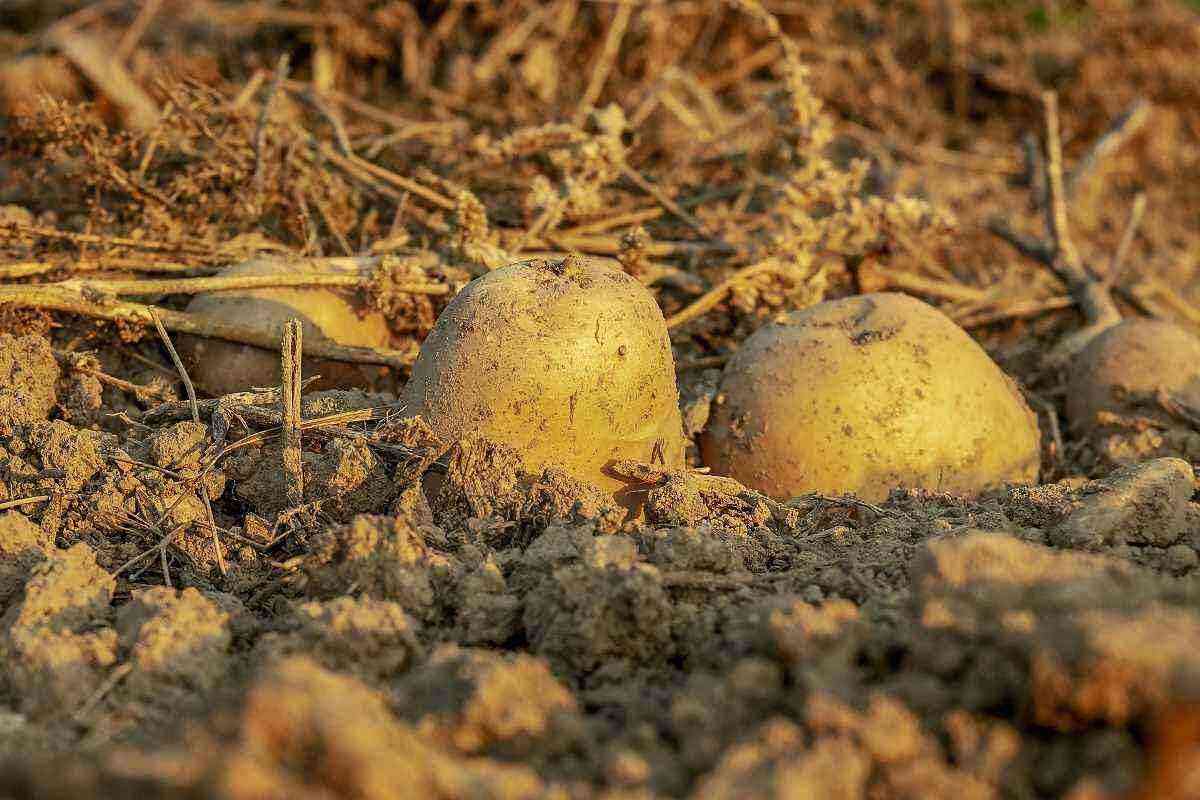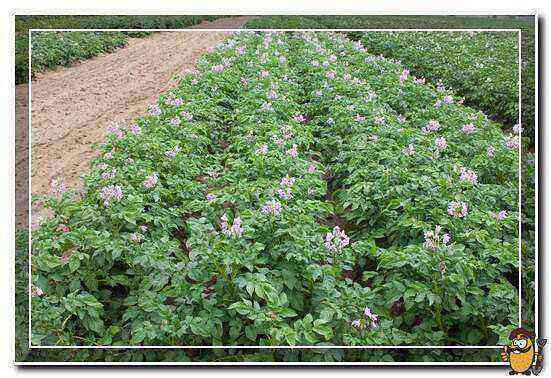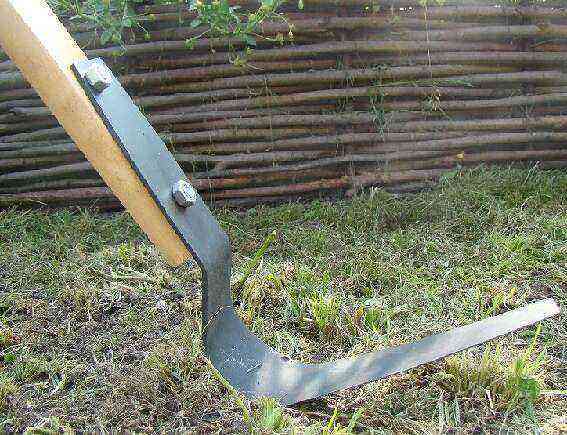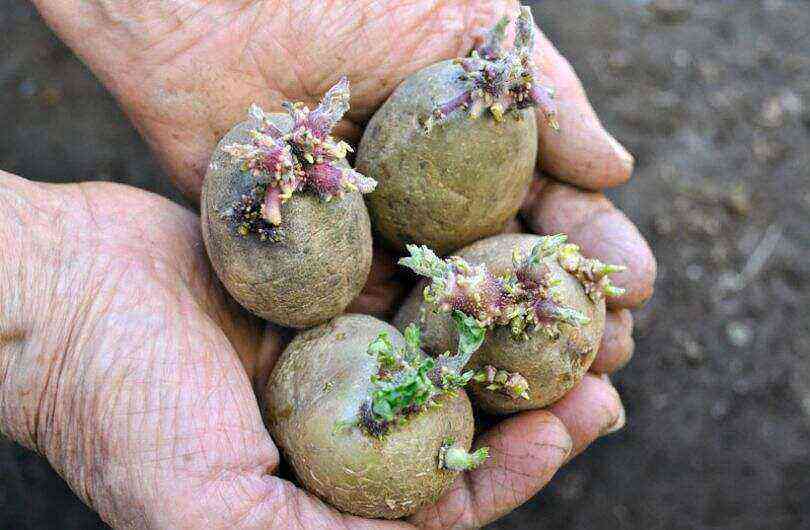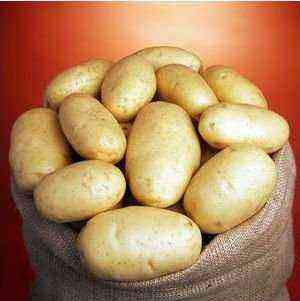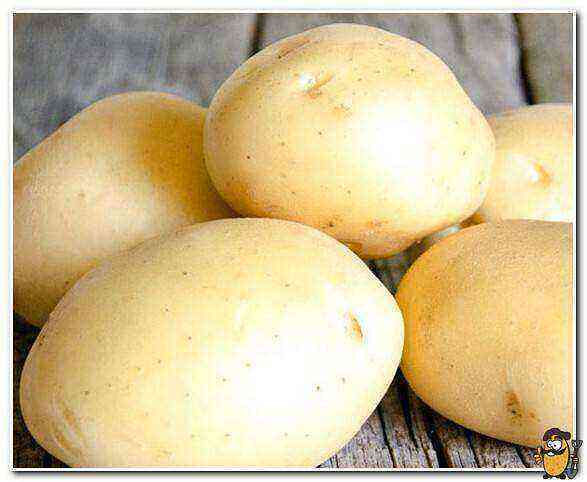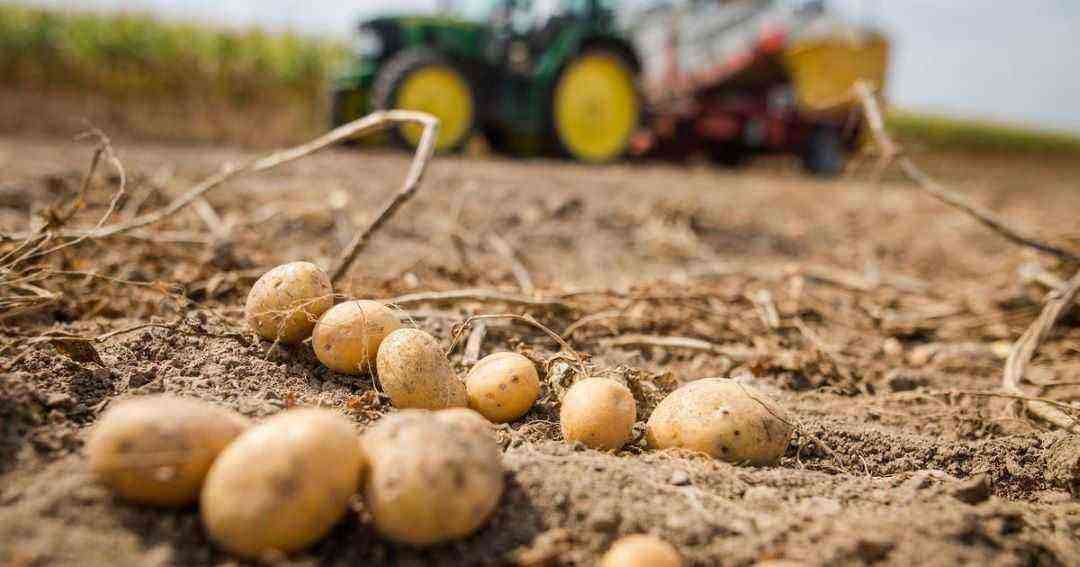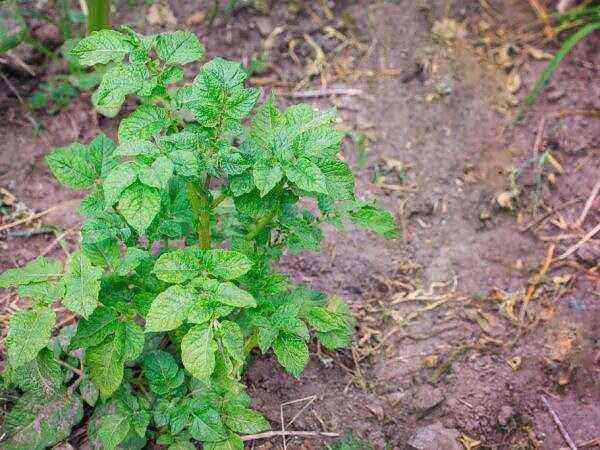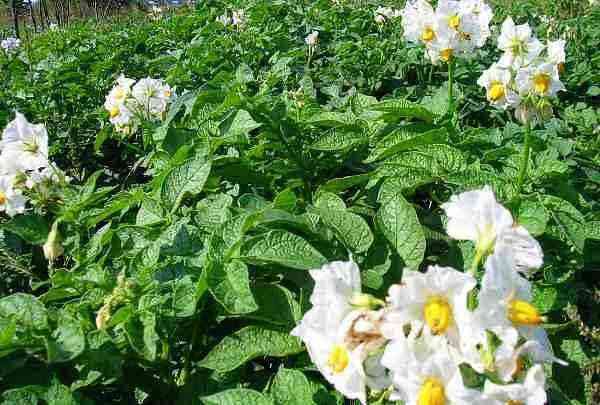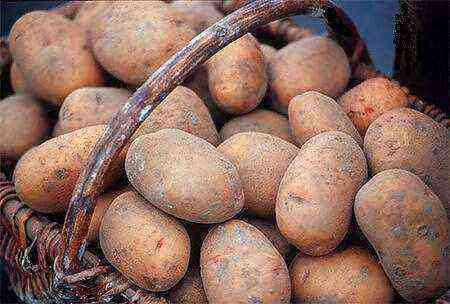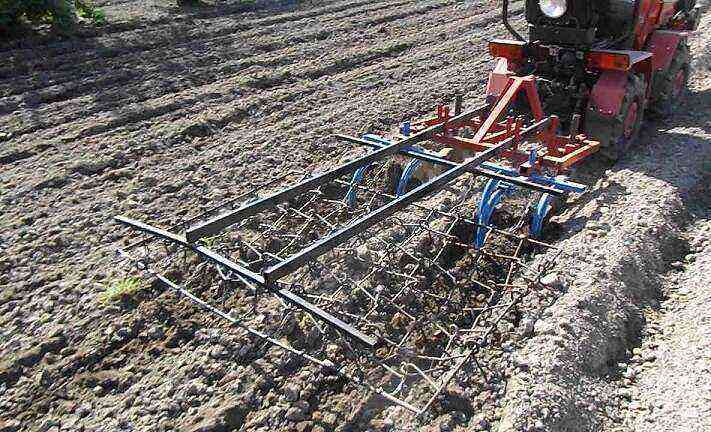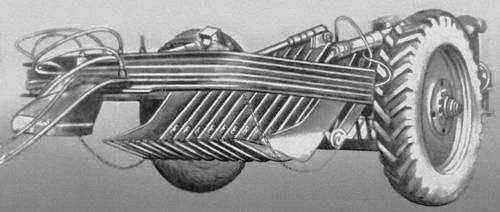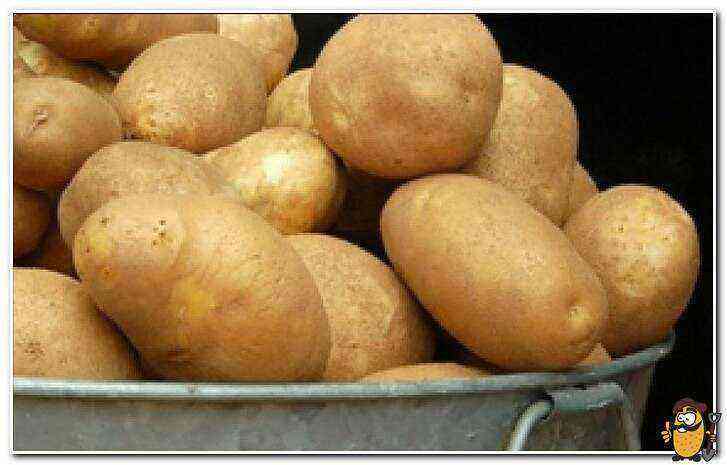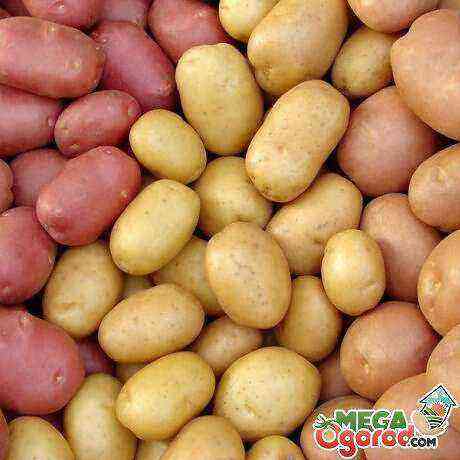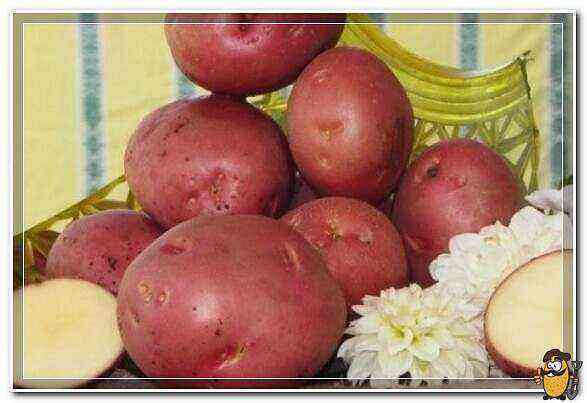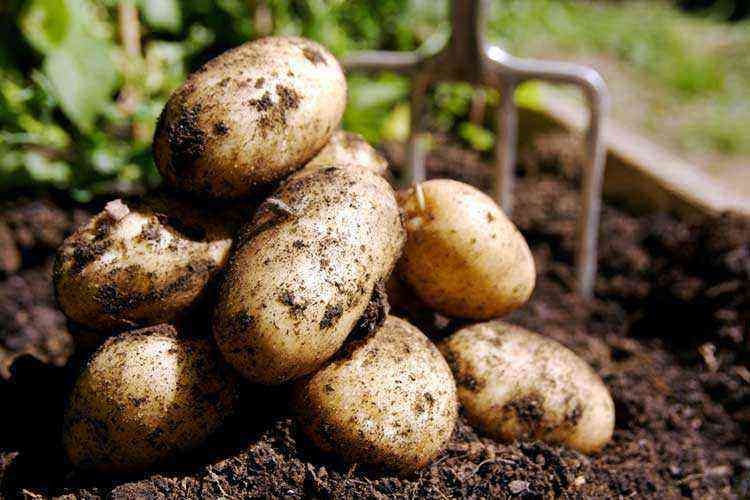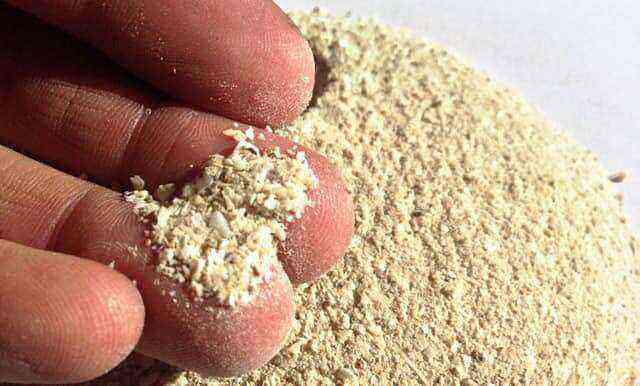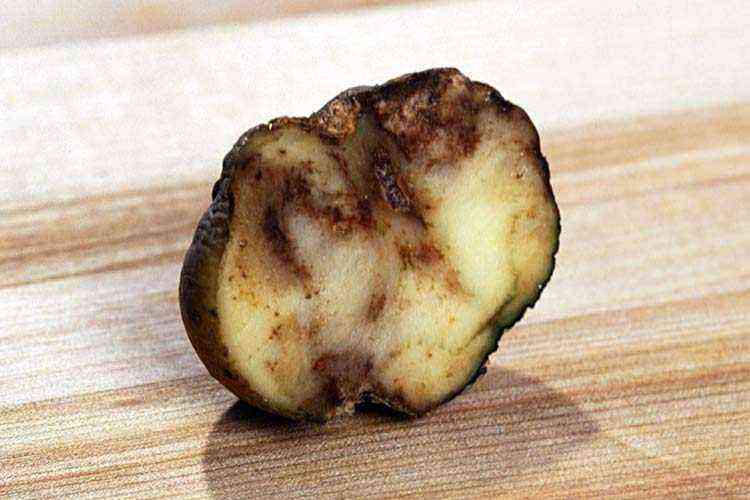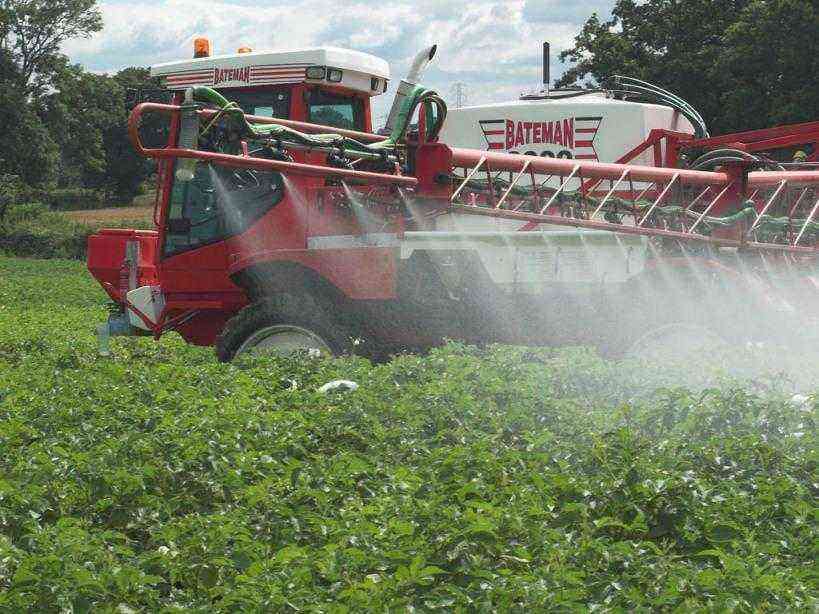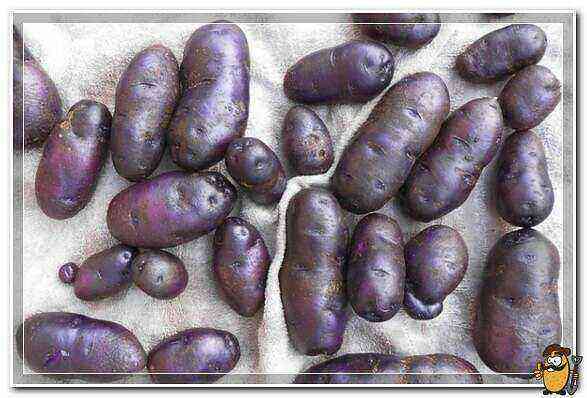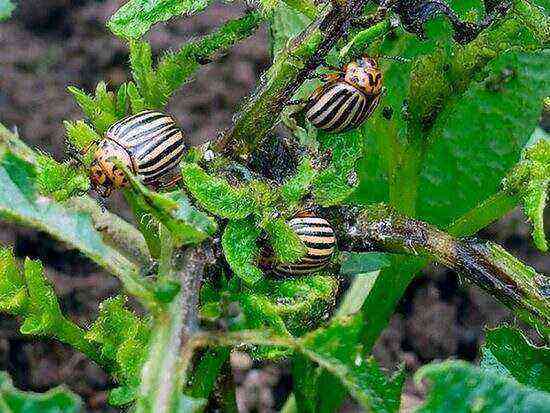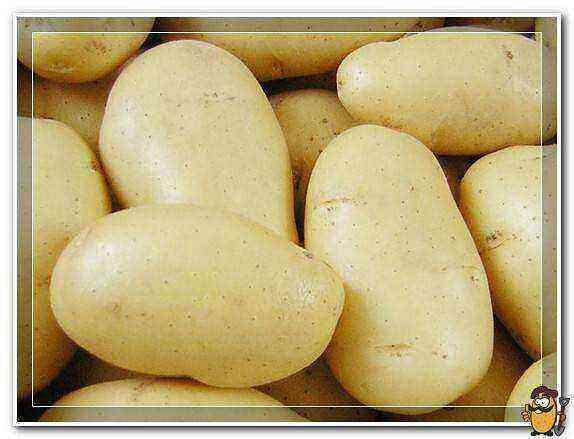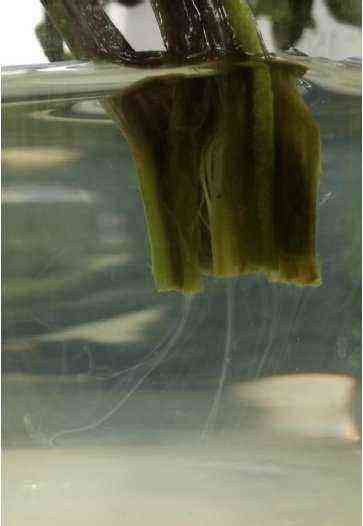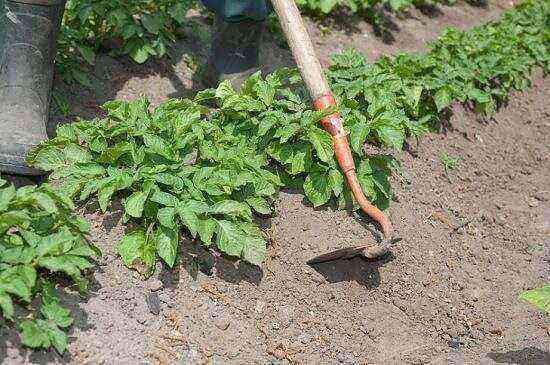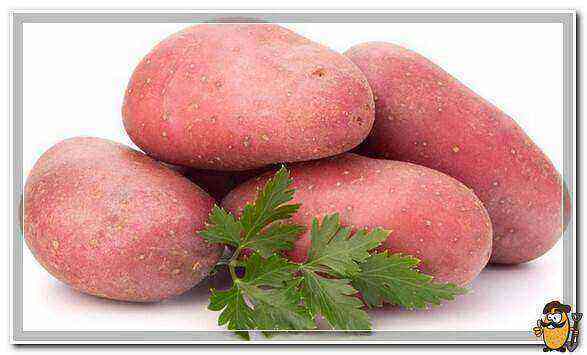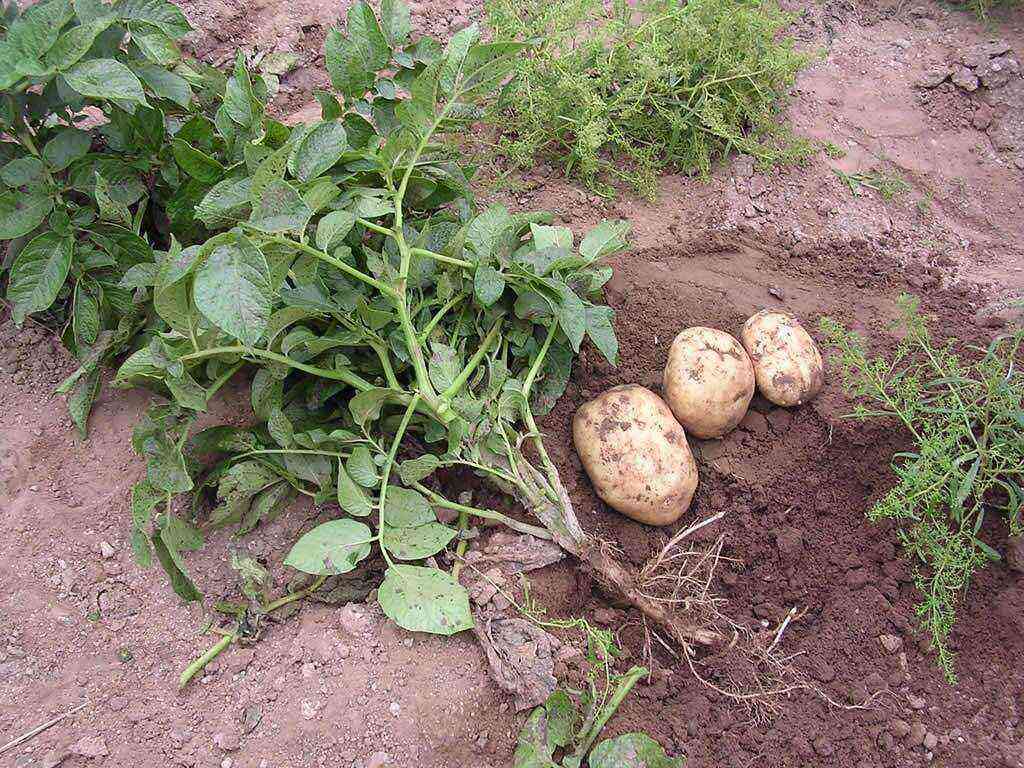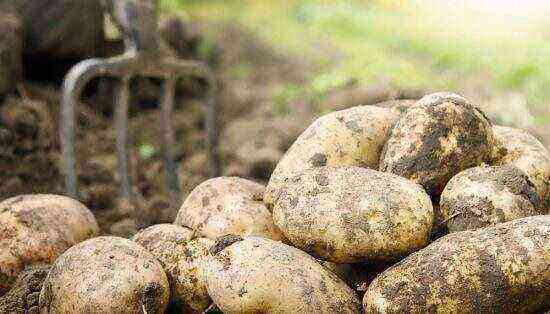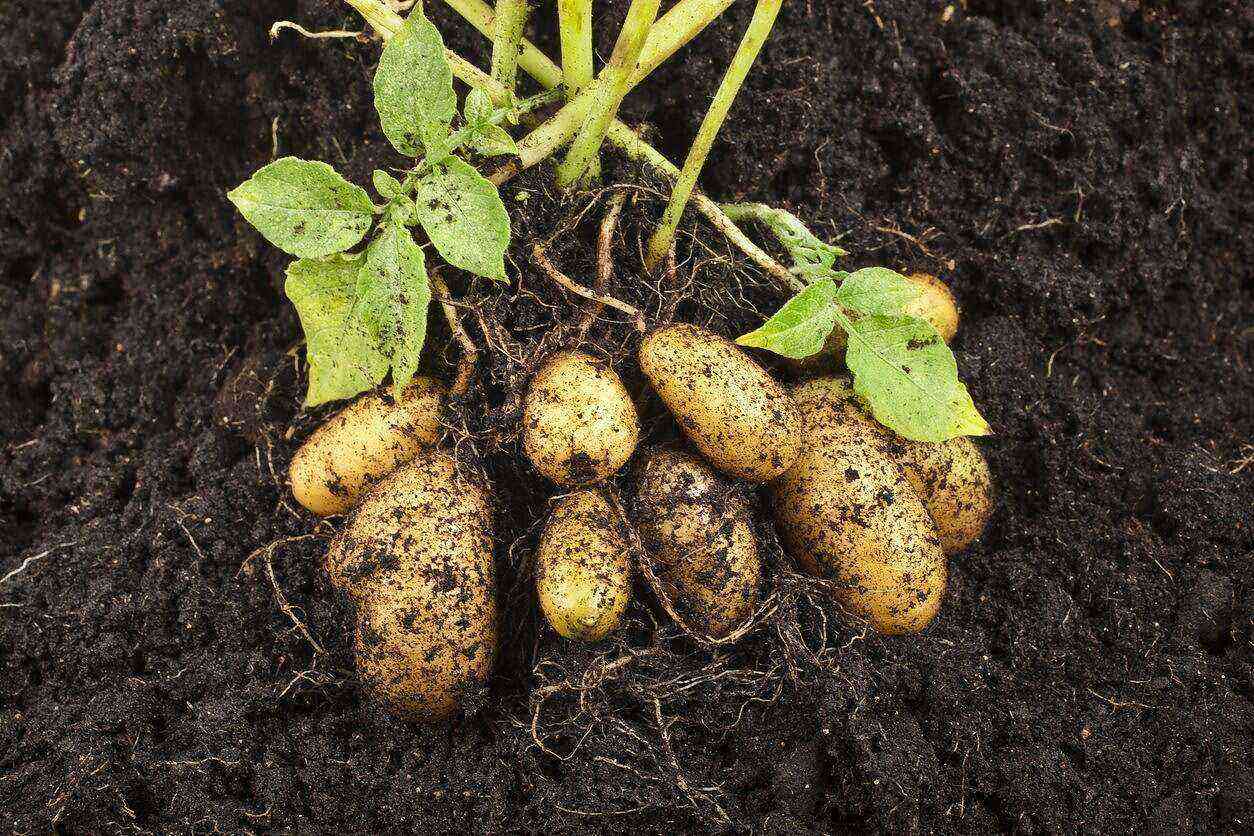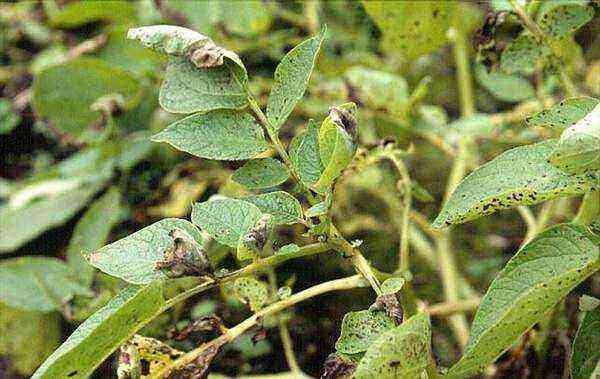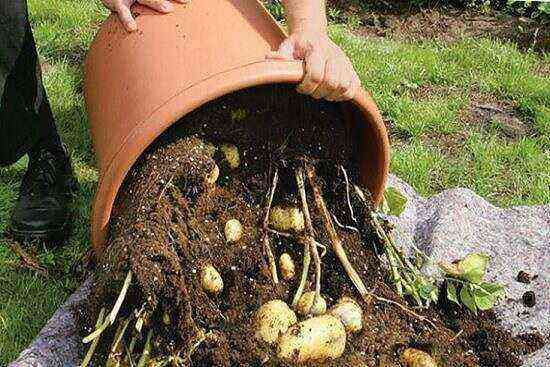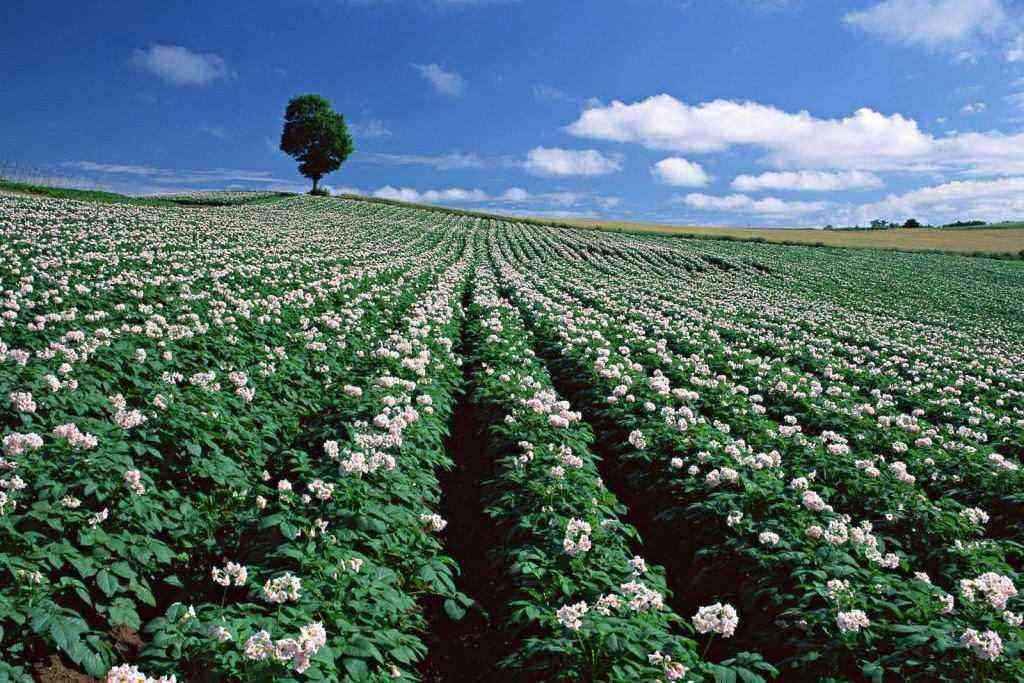Unusual and very popular in our time, the Lapperl potato variety is not in vain loved by gardeners and farmers. It has high yields and is not too demanding to care for. It is also a super early variety that allows you to grow two full-fledged crops in one season. Chefs also sing praises to this vegetable, as it has a great rich taste.
Variety description
Lapperl’s potatoes are of German breeding and are included in the list of early table varieties. In the southern regions, farmers easily grow it twice a season, each time getting an excellent harvest. The variety is suitable for cultivation in various types of soil.
The period of full ripening of Lapperl potatoes ranges from 50-65 days (depending on conditions). Usually, young potatoes can be dug in already 40-45 days from the moment they are planted in the soil.
This variety, like any other, has its own external characteristics. His bushes are erect, of medium height, moderately spreading. Young plants slowly build up green mass, so the leaves are small, few in number, with a rich green hue. Lapperla does not always bloom due to a short period of development. And if the flowers did manage to appear, then they, as a rule, are very small. But a red-violet shade pleasant to the eye with a barely noticeable light tint.
The root system of this culture is well developed. One bush can form up to 20 potatoes weighing from 75 to 140 g. With proper care, the yield is high – up to 400 c / ha. This is far from the limit, because under favorable weather conditions in the same season, you can grow such a crop again. This feature of the variety was immediately noticed by farmers and entrepreneurs, today it is in great demand by both.
Lapperla has a high rate of resistance to some common potato diseases. The vegetable has immunity to the virus of twisting foliage, rot, potato crayfish, nematode and rhizoctonia. Under unfavorable environmental conditions, plants, especially untreated ones, can be affected by late blight.
Characteristics of tubers
Laperla tubers can be described as follows:
- oval shape;
- rare superficial eyes;
- smooth skin, almost without roughness;
- light yellow (lemon) skin color;
- pale yellow shade of pulp;
- starch content – about 14%;
- preservation of the color of the pulp during heat treatment;
- resistance of tubers to mechanical damage, including during transportation;
- high keeping quality – 93-95%;
- excellent taste.
All of the above allows Laperl’s potatoes to be included in the list of the best achievements of breeders.
Advantages and disadvantages
The variety has many advantages. The following positive qualities of these varieties can be distinguished:
- early maturity;
- the ability to get two harvests a year;
- simple agricultural techniques;
- unpretentiousness to soils;
- high productivity and keeping quality;
- excellent presentation;
- universality of application;
- rich taste.
The only drawback is the risk of being affected by certain diseases.
Peculiarities of growing
The regions with the warmest climates are considered the most suitable for this potato. This is the south of Russia. However, many gardeners successfully grow this variety in other parts of our country.
The culture is not at all demanding on the soil. But still, on light and fertile soils, the yield is higher than on heavy and meager soils.
Landing dates for Lapperla depend not only on the region, but also on weather conditions. Gardeners know very well what surprises Mother Nature is capable of. Seed material can be planted in the ground at the end of April or in the first days of May, but you must be absolutely sure that the danger of frost and prolonged rains has passed. In cooler zones, the start of planting work is postponed until the air temperature reaches 16-18 degrees, and the ground warms up to 10-12 degrees. If you plant seed tubers in cold soil, many of them can easily die. In this case, do not expect friendly shoots.
In order for young plants to appear faster above the ground, they must first be germinated. For this, the seed potatoes are taken out of the storage area and sorted out. Tubers weighing 70-100 g are suitable for planting. Selected specimens are left in a warm, lighted room. After a few weeks, short, strong sprouts will appear in place of the eyes. In a cold and dark basement, the sprouts will grow thin, long, brittle, and this is far from the best material for planting.
Before laying seed potatoes in the ground, it is recommended to treat them with preparations that protect against insect pests, fungi, bacteria and other harmful microorganisms. Fitosporin has proven itself well. You can also use any of the modern growth stimulants.
The soil must be prepared in advance. Digging or deep plowing is carried out in autumn and early spring. The introduction of humus, wood ash and other organic matter into the ground is encouraged. Fertilizers will increase the fertility of the soil, which means that the yield will increase.
Planting scheme for Lapperl potatoes is standard:
- width between bushes – 35 cm;
- distance between rows – 65-70 cm;
- hole depth – up to 10 cm.
With this planting, the risk of fungal diseases is reduced. And the root system will be able to fully develop, more healthy tubers will form on it.
Post-plant care
A couple of weeks after planting, the first loosening should be carried out. This will help break up the crust on the surface of the ground and crush the caked soil lumps. Loosening is necessary in order for the potato shoots to be quick and friendly.
Young plants need hilling and weed removal. These two activities are usually combined. The weed is selected completely, along with the root system. Hilling is carried out 2-3 times per season, as the earthen hills are destroyed by winds and rains. For the first time, the ridges rake under the bushes when they reach a height of 12-15 cm. This agrotechnical technique is repeated after 2-3 weeks. Do not give up on re-hilling. Especially if it rained heavily for several days in a row.
During the flowering period, plants need abundant watering. This will help the root system grow stronger, stock up on nutrients and grow large, healthy tubers. Fertilization is recommended along with watering. Both organics and mineral complexes are used. To accelerate the growth of green mass, you need to apply nitrogen fertilizers. And for the good development of tubers, phosphorus and potassium elements are needed.
Disease Prevention and Pest Control
Do not underestimate the main enemy of the Lapperl variety – late blight. Timely prevention will help to fight this potato scourge. Experienced gardeners know that it is easier to prevent this disease than to eliminate it later. To neutralize the spores of fungi, viruses and bacteria, they use special chemical preparations of systemic action. One of the most effective is Fitosporin.
Disease prevention also includes:
- timely care of plants;
- regular weed removal;
- moderate watering;
- sevooborot.
In other words, plants need to create optimal conditions for growth, then no viruses and fungi can harm them.
Insects, which like to eat potatoes or the aerial part of plants, can also inflict damage. The most vicious pests are the Colorado potato beetle and its larvae, bear, potato moth. Medvedka is dangerous because it is not visible underground, where it infects tubers. But the Colorado potato beetle is a noticeable insect, so every gardener has the opportunity to prevent its reproduction, the laying of eggs and the release of larvae. The latter feed on potato leaves, and if the bushes suffer, this will negatively affect the quality and quantity of the future harvest.
Fungicides and other contact agents help fight insect pests. Confidor, Medvetoks, Prestige are considered effective.
Harvesting and storage
Before harvesting potatoes, you need to cut off the tops. Since the variety is early maturing, it does not have time to dry. After removing the still damp tops, at least 10 days should pass and only then can the tubers be dug out. At this stage, a shovel, pitchfork or agricultural machinery is used.
After digging, the potatoes are dried in the sun, sorted and placed in wooden boxes with holes for air ventilation.
Basements, cellars and special vegetable stores are best suited for storing the harvested crop. They provide optimal conditions for long-term preservation of any vegetables, including potatoes.
In conclusion
Due to its unpretentious cultivation and high keeping rate, the La Perla potato variety has received many positive reviews from gardeners and farmers in our country. Culinary experts appreciate it no less. First of all, for excellent taste and versatility of use.
